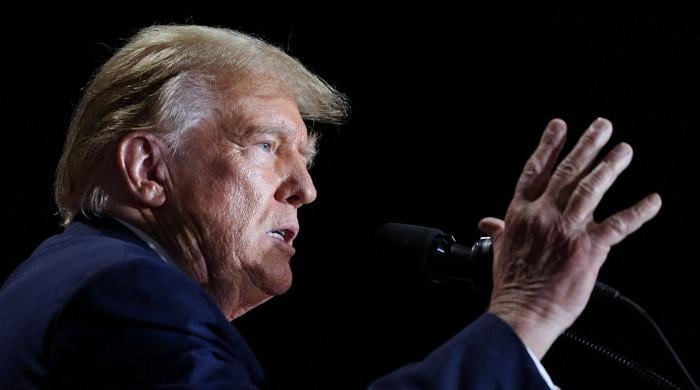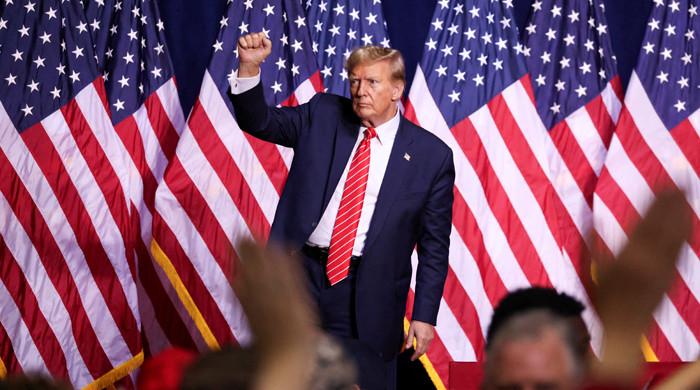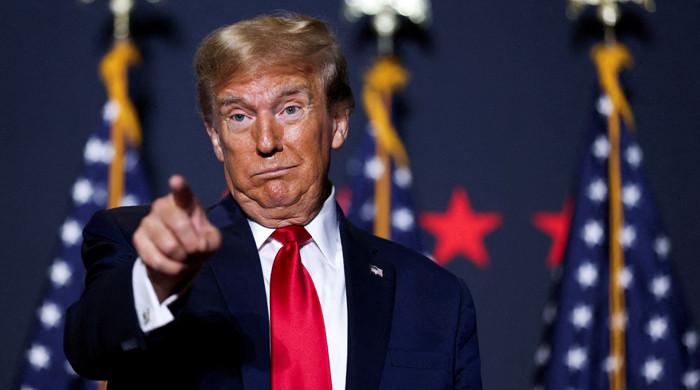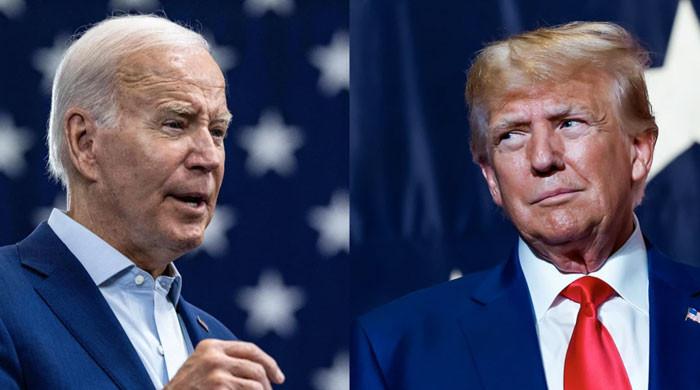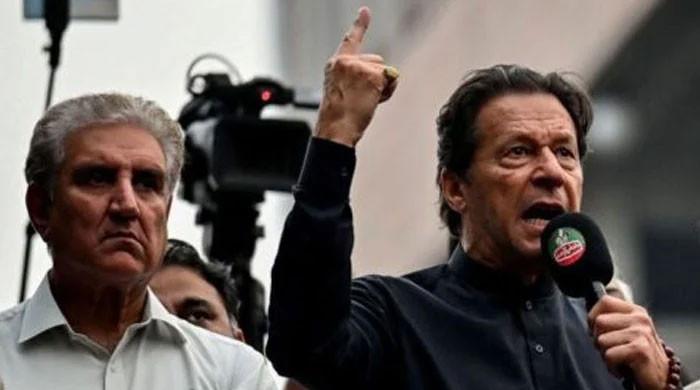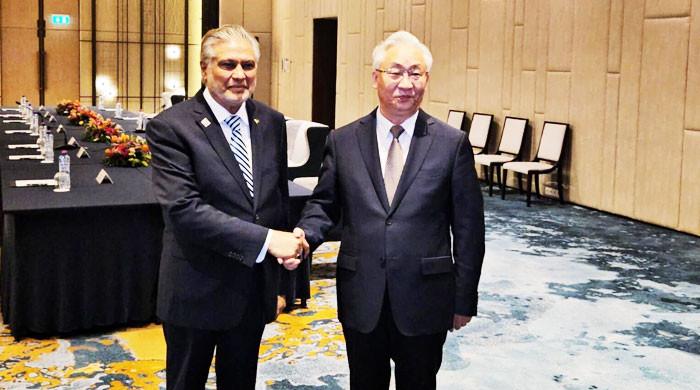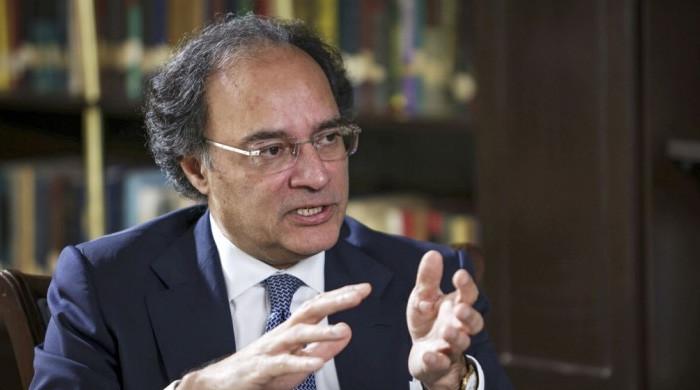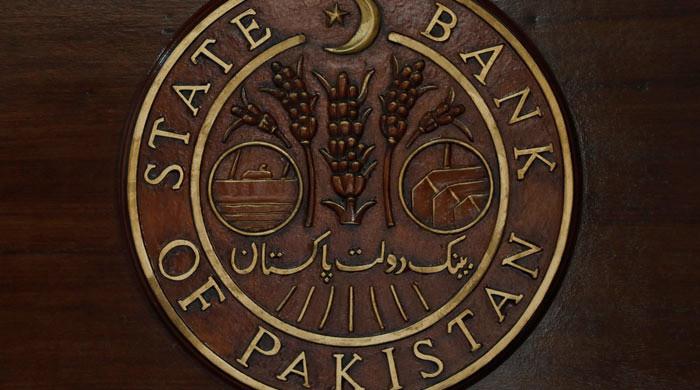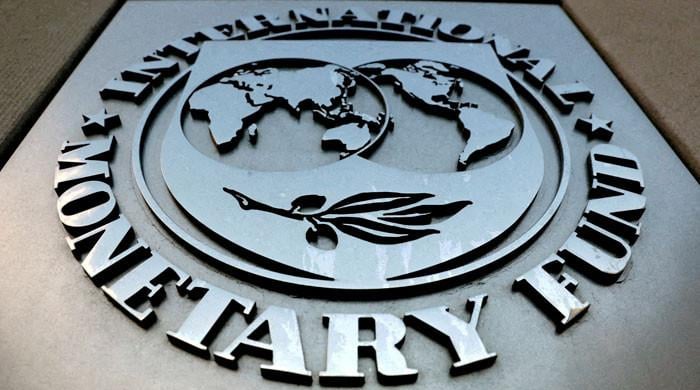[ad_1]
Is there a simple way to invest in Nifty Next 100 and Nifty Microcap 250 companies? Please suggest some ETFs (exchange traded funds) or mutual funds investing in these indexes.
—V Muralidhar Naidu
At present, there are prominent ETFs offered by mutual funds that invest passively in Nifty Next 50 Index, which are Nifty 100 companies after excluding the top-50 companies in terms of market capitalization (Nifty 50 companies). While you plan to invest in companies beyond the top 100 then you can consider investing in Nifty Mid Cap 150 ETFs where the investment is done in companies ranked 101-250 based in terms of market capitalization (m-cap). This would be like completely investing in mid-sized market cap companies.
There are Nifty Midcap 150 ETFs offered by Mirae Mutual Fund (MF), ICICI Prudential MF, HDFC MF and UTI MF at present. You can invest in any of these as all these funds are passively managed.
While investing in an ETF, you can look into the tracking error, which is the difference between the returns of the index and the ETF. The lower the tracking error the better the ETF.
On the microcap front, there is a Motilal Oswal Nifty Mircocap 250 Index Fund, which invests in the top 250 companies beyond the Nifty 500 (top 500 companies in m-cap terms) universe. This fund was launched in July 2023 and does not have any track record so far. Just a suggestion while you plan to invest in the above funds, you can try to diversify your investment across market caps and have some allocation in Nifty 50 Index too for large cap exposure. This will help you to create a good balance across different market caps. The microcap fund carries much higher risk and can be volatile during uncertain periods.
What are the costs of investing in ETFs? How is it different than mutual fund’s TER (total expense ratio)?
—Name withheld on request
ETFs have one of the lowest costs among the funds in India. As these funds are passively managed where the portfolio follows the index and has the same set of companies and weightage as the index, the cost of managing such funds is very low.
Typically, the expense ratios of ETFs start from around 0.05% up to 0.30%, depending on the index followed by the fund. At the same time, ETFs are listed on the stock exchange and one needs to have a demat account to invest in ETFs. It is quite unusual for any stock broking company to charge brokerage on ETF transactions just like stocks, but there are a few brokers who do it.
Actively managed funds do have a higher expense ratio as these funds are managed by fund managers and research teams, who build portfolios seeking to beat the returns generated by the index or the fund’s benchmark. The active funds have fund management and distribution cost in the TER, which is very unlikely in Index ETFs.
However, to build a good mutual fund portfolio for the long term, one can create a blend of passive ETFs or index funds and actively managed funds, as there is still a lot of potential to generate alpha (outperform index) in India. There is still ample opportunity and scope for fund managers to identify high-return potential stocks across indices and market capitalization. More so in the mid- and small-cap space.
Harshad Chetanwala is co-founder of MyWealthGrowth.com
Download The Mint News App to get Daily Market Updates.
Updated: 07 Sep 2023, 10:58 PM IST
[ad_2]
Source link


